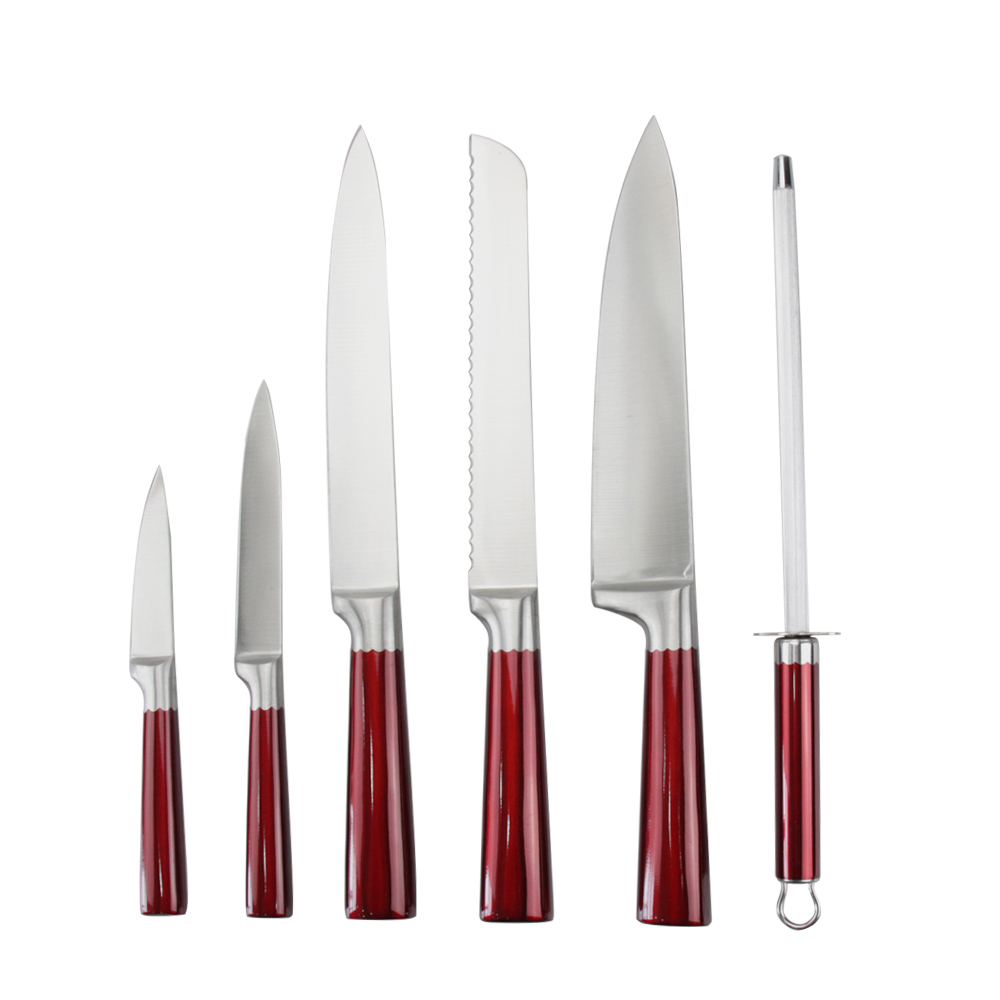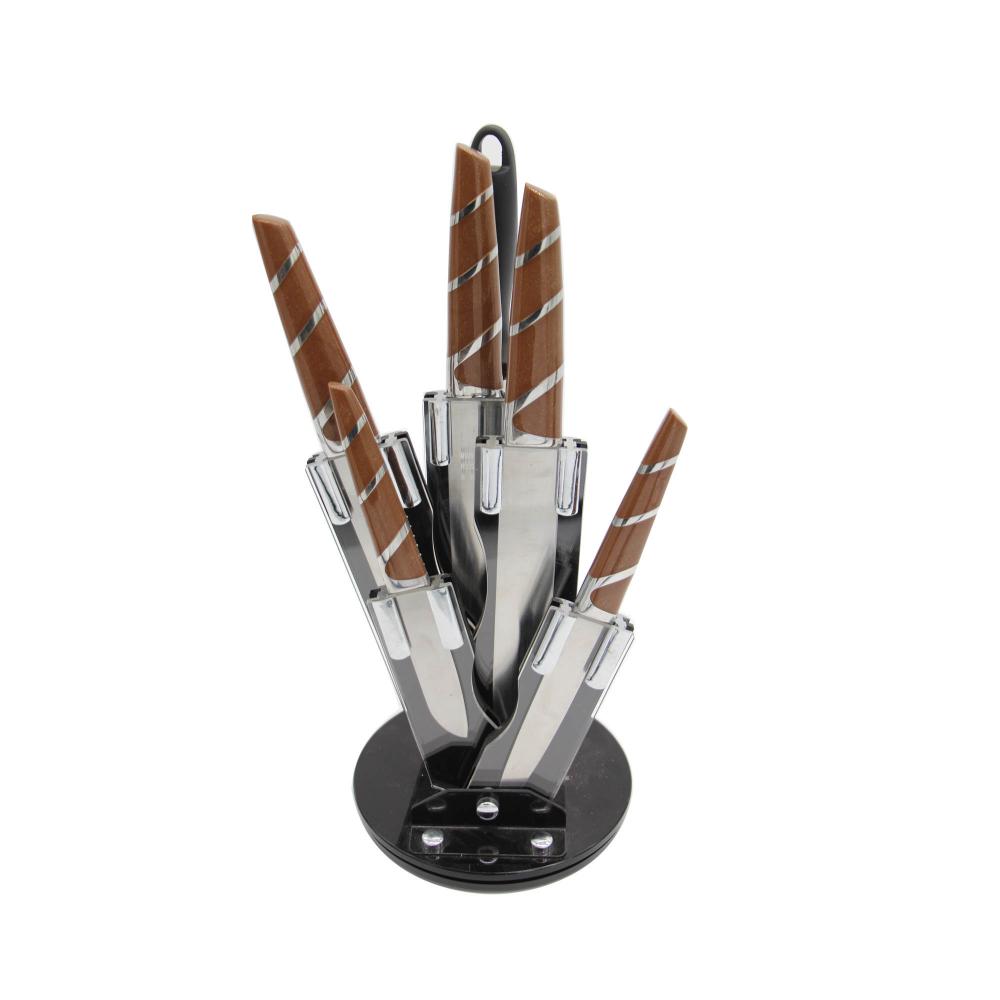Chicken Follicle Stimulating Hormone (FSH) ELISA Kit Instructions for Use This reagent is for research purposes only: This kit is used to determine the content of Follicle Stimulating Hormone (FSH) in chicken serum, plasma and related liquid samples.
Experimental principle:
This kit uses the double antibody sandwich method to determine the level of chicken follicle stimulating hormone (FSH) in the specimen. Coat the microtiter plate with purified chicken follicle stimulating hormone (FSH) antibody to make a solid-phase antibody. Add follicle stimulating hormone (FSH) to the monoclonal antibody-coated microwells in turn, and then combine with HRP-labeled FSH antibody to form antibody-antigen Enzyme-labeled antibody complexes were washed thoroughly and added with substrate TMB for color development. TMB is converted into blue under the catalysis of HRP enzyme, and into the final yellow under the action of acid. The shade of color is positively correlated with FSH in the sample. The absorbance (OD value) was measured with a microplate reader at a wavelength of 450 nm, and the follicle stimulating hormone (FSH) concentration in the sample was calculated by a standard curve.
Kit composition:
Kit composition
48 hole configuration
96-well configuration
save
Instructions
1 serving
1 serving
Sealing film
2 pieces (48)
2 pieces (96)
sealed bag
1
1
Enzyme coated plate
1 × 48
1 × 96
Store at 2-8 ℃
Standard product: 1350ng / L
0.5ml × 1 bottle
0.5ml × 1 bottle
Store at 2-8 ℃
Standard dilution
1.5ml × 1 bottle
1.5ml × 1 bottle
Store at 2-8 ℃
Enzyme reagent
3 ml × 1 bottle
6 ml × 1 bottle
Store at 2-8 ℃
Sample diluent
3 ml × 1 bottle
6 ml × 1 bottle
Store at 2-8 ℃
Developer A liquid
3 ml × 1 bottle
6 ml × 1 bottle
Store at 2-8 ℃
Developer B liquid
3 ml × 1 bottle
6 ml × 1 bottle
Store at 2-8 ℃
Stop solution
3ml × 1 bottle
6ml × 1 bottle
Store at 2-8 ℃
Concentrated washing liquid
(20ml × 20 times) × 1 bottle
(20ml × 30 times) × 1 bottle
Store at 2-8 ℃
Sample processing and requirements:
1. Serum: blood coagulates naturally at room temperature for 10-20 minutes, centrifuged for about 20 minutes (2000-3000 rpm). Collect the supernatant carefully and centrifuge again if a precipitate appears during storage.
2. Plasma: EDTA or sodium citrate should be selected as the anticoagulant according to the requirements of the specimen. After mixing for 10-20 minutes, centrifuge for about 20 minutes (2000-3000 rpm) Collect the supernatant carefully. If a precipitate forms during storage, it should be centrifuged again.
3. Urine: collected in a sterile tube and centrifuged for about 20 minutes (2000-3000 rpm). Collect the supernatant carefully. If a precipitate forms during storage, centrifuge again. Pleural and ascites, cerebrospinal fluid reference implementation.
4. Cell culture supernatant: When detecting secreted components, collect with a sterile tube. Centrifuge for about 20 minutes (2000-3000 rpm). Collect the supernatant carefully. When detecting intracellular components, dilute the cell suspension with PBS (PH7.2-7.4).
The concentration reaches about 1 million / ml. Through repeated freezing and thawing, the cells are destroyed and the intracellular components are released. Centrifuge for about 20 minutes (2000-3000 rpm). Collect the supernatant carefully. If a precipitate forms during storage, it should be centrifuged again.
5. Organize the specimen: after cutting the specimen, weigh it. Add a certain amount of PBS, PH7.4. Quickly freeze and save with liquid nitrogen for later use. After the specimen melts, it still maintains a temperature of 2-8 ° C. Add a certain amount of PBS (PH7.4) and homogenize the specimen with a manual or homogenizer. Centrifuge for about 20 minutes (2000-3000 rpm). Collect the supernatant carefully. After aliquoting, a portion is to be tested, and the rest is frozen for future use.
6. Specimens should be extracted as soon as possible after collection. The extraction should be carried out according to relevant literature. Experiments should be conducted as soon as possible after extraction. If the test cannot be performed immediately, the specimen can be stored at -20 ℃, but repeated freezing and thawing should be avoided.
7. The samples containing NaN3 cannot be detected because NaN3 inhibits horseradish peroxidase (HRP) activity.
Steps
1. Dilution and loading of standard products: 10 standard wells are set on the enzyme-coated plate, 100μl of the standard products are added to the first and second wells respectively, and then the standard products are added to the first and second wells 50μl of diluent, mix well; then take 100μl from the first well and the second well and add them to the third and fourth wells respectively, and then add 50μl of standard diluent to the third and fourth wells respectively, mix well; Then take 50μl each in the third and fourth wells and discard it, then add 50μl each to the fifth and sixth wells, and then add 50ul of the standard dilution solution to the fifth and sixth wells respectively, and mix well; After mixing, take 50μl from the fifth and sixth wells and add them to the seventh and eighth wells respectively. Then add 50μl of the standard dilution solution to the seventh and eighth wells respectively. Take 50μl from the eight wells and add them to the ninth and tenth wells. Then add 50μl of the standard dilution solution to the ninth and tenth wells. After mixing, take 50μl from the ninth and tenth wells and discard. (After dilution, the volume of each well is 50μl, and the concentrations are 9IU / L, 6IU / L, 3IU / L, 1.5IU / L, 0.75IU / L).
2. Adding samples: set up blank wells (the blank control wells do not add samples and enzyme reagents, the rest of the steps are the same) and the sample wells to be tested. Add 40μl of sample diluent to the test sample well of the enzyme-coated plate, and then add 10μl of the sample to be tested (the final dilution of the sample is 5 times). Add the sample and add the sample to the bottom of the well of the microplate, try not to touch the wall of the well, shake gently to mix.
3. Incubation: seal the plate with a sealing film and incubate at 37 ° C for 30 minutes.
4. Mixing solution: Dilute 30 times (20 times of 48T) concentrated washing solution with distilled water 30 times (20 times of 48T) and then reserve.
5. Washing: Carefully peel off the sealing film, discard the liquid, spin dry, fill each well with the washing solution, let it stand for 30 seconds and then discard, repeat this 5 times, pat dry.
6. Add enzyme: add 50μl of enzyme label reagent to each well, except blank well.
7. Incubation: The operation is the same as 3.
8. Washing: The operation is the same as 5.
9. Color development: Add 50μl of developer A to each well, then add 50μl of developer B, mix gently, and develop at 37 ° C in the dark for 15 minutes.
10. Termination: Add 50μl of stop solution to each well to stop the reaction (at this time, the blue color turns to yellow).
11. Determination: Measure the absorbance (OD value) of each well in sequence with blank air conditioner zero and 450nm wavelength. The measurement should be carried out within 15 minutes after adding the stop solution.
Precautions:
1. The kit should be equilibrated at room temperature for 15-30 minutes before being taken out of the refrigerated environment. If the enzyme label coated plate is unopened, the strip should be stored in a sealed bag.
2. Crystals may be precipitated in the concentrated washing liquid, which can be heated and dissolved in a water bath during dilution, and the results will not be affected during washing.
3. The sampler should be used at each step of sample addition, and the accuracy should be regularly checked to avoid test errors. It is best to control the sampling time within 5 minutes. If there are many specimens, it is recommended to use a volley gun to add samples.
4. Please make a standard curve at the same time of each measurement, it is best to make a double hole. If the content of the test substance in the sample is too high (the OD value of the sample is greater than the OD value of the first well of the standard well), please dilute it with a certain multiple (n times) of the sample diluent and then determine it. When calculating, please multiply the total dilution Multiple (× n × 5).
5. The sealing film is limited to one-time use to avoid cross-contamination.
6. Please keep the substrate away from light.
7. Strictly follow the instructions, and the test results must be determined by the microplate reader.
8. All samples, washing liquids and various wastes should be treated as infectious agents.
9. The components of different batches of this reagent shall not be mixed. 10. If there is any difference with the English manual, the English manual shall prevail.
Calculation: Taking the concentration of the standard as the abscissa and the OD value as the ordinate, draw a standard curve on the graph paper, and find out the corresponding concentration from the standard curve according to the OD value of the sample; then multiply by the dilution factor; or use the standard The linear regression equation of the standard curve is calculated by the concentration and OD value of the sample, the OD value of the sample is substituted into the equation, the sample concentration is calculated, and then multiplied by the dilution factor, which is the actual concentration of the sample.
(This picture is for reference only)
Kit performance:
1. The correlation coefficient R between the linear regression of the sample and the expected concentration is above 0.95.
2. The approval and approval should be less than 9% and 11% respectively
Detection range: 0.5IU / L -10IU / L
Storage conditions and validity period:
1 2-8 ℃.
2 6 months
Xiamen Huijia Biotechnology Co., Ltd. is a professional agent for many well-known brands in the international life science field. Committed to the sales and promotion of various ELISA kits, immunohistochemical kits, primary and secondary antibodies, cytokines, biological reagents, pipettes, and consumables.
Stainless Steel Chef Knife
EXCEPTIONALLY SHARP STAINLESS STEEL KNIVES: We use quality commercial grade stainless steel for an exceptionally sharp blade. As a result, slicing and cutting with these knives is effortless and will not dull quickly. With this grade of steel the knives are the most rust resistant steel knives you can buy as well as dishwasher safe for ease of cleaning.
ONE PIECE STEEL CONSTRUCTION: Our stainless steel commercial chef kitchen knives set are constructed with just one piece of quality stainless steel so there is no worry about the blades becoming loose or falling off. The carefully designed ergonomically correct handles are not only comfortable to hold, well balanced for all sized hands but will allow for safe precision handling. The knife blades and handles are specifically designed for easy cleaning and leaves no space for food particl
EASY TO USE & CLEAN: Our chef knife set is made to make your life easier not make things harder which is why we designed to be easy to use and just as easy to clean.




Stainless Steel Chef Knife
Stainless Steel Chef Knife,Stainless Steel Knife Set,Stainless Steel Knife,Stainless Steel Kitchen Knives
YANGJIANG TOALLWIN TRADING CO., LTD , https://www.kitchenknife.de



